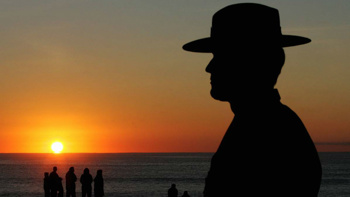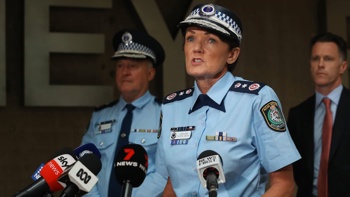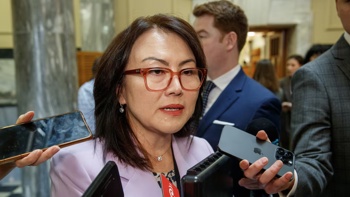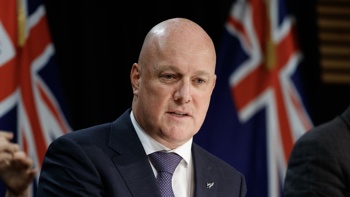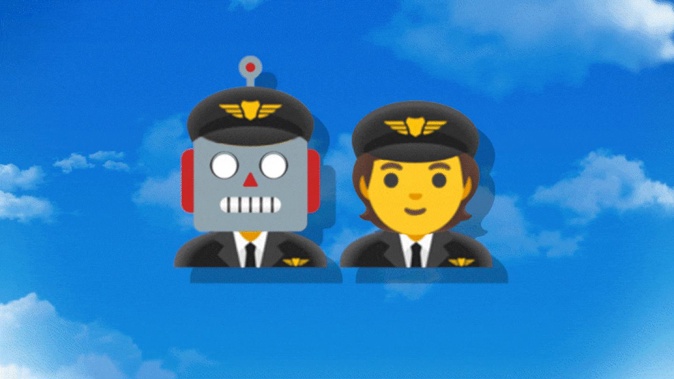
With a looming pilot shortage and plane automation taking off in the US, Thomas Bywater asks how soon could we be departing a robotic plane?
“Fuel, check. Flight controls, free and correct. Pilots, negative.”
Autonomous passenger planes may be here sooner than we think with international civil aviation authorities laying down the runway for the arrival of robotic planes. There are currently several startups working with aviation bodies to imagine how pilotless planes might fit into the skies, alongside a shrinking number of human-piloted aircraft.
It’s a technology that the New Zealand CAA says is already on their radar.
With an ongoing pilot training shortage and airlines experiencing delays in rebuilding their crew rosters, post pandemic, the incentive of having self-flying planes is obvious.
Although passengers might not be in as much of a hurry for the change, some see pilot-free passenger aircraft as the natural destination for the technology.
Autonomous aircraft are not new. Over the past couple of decades there have been an alarming number of autonomous chunks of metal cleared for take off. From crop-spraying planes and cargo drones, to the ominously named ‘MQ-9 Reaper’ - aircraft with varying degrees of ‘autonomy’ have been allowed into our skies to conduct their robotic duties.
But at what stage are we happy to allow passengers to step onboard a plane without a pilot’s reassuring presence?
In the USA there are some research companies aiming to answer this question.
Last year NASA contracted with autonomous aviation company Xwing to start bringing autonomous aircraft into civil airspace. This came after an impressive display of the technology which allowed a retrofitted Cessna Caravan to fly gate to gate without human input.
Footage of the stunt showed the robotic propeller plane taxiing, taking off and landing at California’s Concord airport with only a brave human ‘safety pilot’ sat in the cockpit, not touching the controls.
The technology is currently focused on self-flying cargo planes. Earlier this year the competing Californian company Pyka unveiled a purpose built autonomous cargo plane dubbed the Pelican. With a range of 320km the company said it aimed to be delivering pilot-free payloads by the end of 2023.
But passenger planes are already being considered. In January US Aerospace company Boeing gave its biggest backing to the future of autonomous aircraft.
In an interview with Bloomberg TV Boeing CEO Dave Calhoun said “the future of autonomy is real”, suggesting it was something that engineers were already turning their attention to.
“It’s going to take time. Everyone’s got to build confidence. We need a certification process that we all have faith and believe in.”
Currently it appears to be a technology that aerospace engineers have greater confidence in than passengers. However, these attitudes could change as quickly as the autonomous aircraft appeared on the scene.
/cloudfront-ap-southeast-2.images.arcpublishing.com/nzme/XRAATQB6LNBO7FNF2YV2N6SKEU.jpg)
Xwing's robotic Cessna Caravan flew, pilot-free, from Concord airport in 2021. Photo / Xwing; Supplied
Robots in the cockpit: What automation means for pilots
For airlines the interest in pilotless planes is obvious.
In 2017 Swiss bankers at UBS suggested that autonomous planes could save the aviation industry over $55 billion per year.
From the perspective of airlines it is less about the cost savings of automating pilots out of the cockpit but rather about finding a solution to a looming labour shortage.
This month the OAG aviation described the pilot shortage as a “ticking time bomb” for airlines. The airline and travel data firm predicted that the industry could be short of 55,000 qualified pilots by the end of the decade.
In New Zealand the number of local enrollments for a Commercial Pilot Licence has been in steep decline, from 307 in 2010 to 153 in 2020. Although international enrollments with Aviation NZ remain stable, there is a lack of new pilots and a growing demand for travel.
Still passenger planes may not be the obvious case for autonomous planes. In 2017 a survey by the US pilot’s association ALPA revealed that 81 per cent of Americans would not board a pilot-free plane, even if it meant cheaper airfares.
In the US, in spite of raising the retirement age for commercial pilots from 60 to 65, the FAA licencing data shows that 30 per cent of commercial pilots are due to retire in the next decade. Meanwhile there is a 25 per cent shortfall in student pilots needed to maintain current workforce levels. There simply aren’t enough trainee pilots in the pipeline.
It’s no surprise that companies like Boeing are looking at whether robots and autonomous planes can plug this shortfall.
The arrival of autonomous planes in New Zealand
In New Zealand the Airline Industry body BARNZ said it was not an issue that airlines had raised in great detail. Similarly the New Zealand commercial pilots association NZALPA did not have anything to add.
However, the Civil Aviation Authority said that the topic of autonomous aircraft was already on their radar.
Working with international counterparts - including the US FAA and the EASA in Europe - the CAA said that from their perspective it was a question of when not if autonomous aircraft would land in New Zealand. Their priority was making sure that there was a safe framework for the new technology when passenger drones and pilot-free aircraft are in more regular usage.
A spokesperson for NZ CAA said they were aware of “many concepts being progressed for autonomous aircraft systems; some of which are being developed by Boeing and other similar aircraft manufacturers and others by new start-up companies.”
“Many new technologies, including autonomous aircraft systems are early in their development and are technically complex. Our work is focussing on understanding the types of risk and issues these systems will pose, the approaches other aviation regulators are using to evaluate the safety of such systems such that we can make effective regulatory decisions that keeps aviation safe,” they said.
Although it was an area that was seeing rapid development, it would “likely be some years before such systems are in routine use” in New Zealand or abroad.
While passengers are unlikely to be heading on holiday without a pilot any time soon, autonomous cargo planes and other aircraft could be just over the horizon.
Take your Radio, Podcasts and Music with you






